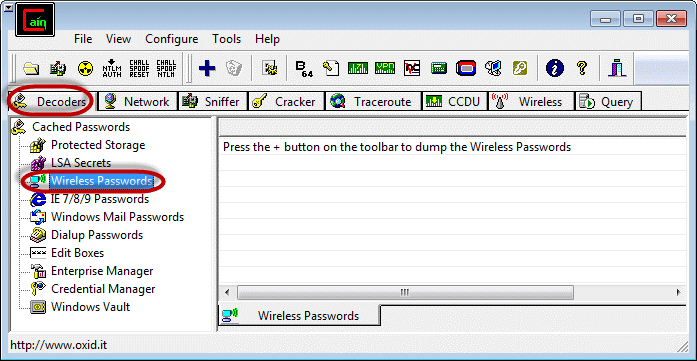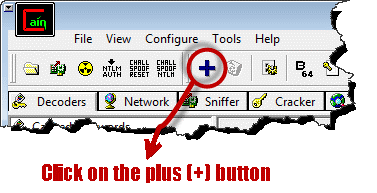Hacking Wireless Networks
- Wireless networks come with excellent advantages- connectivity beyond walls, wireless connection, easy to access internet even in areas where laying cables is difficult, speed and sharing.
- A wireless network is a network that uses radio waves to connection computers and other devices together. The execution is done at the Layer 1 (physical layer) of the OSI model .
How to access a wireless network ?
You will need a wireless network permitted device such as a laptop, tablet, smartphones, etc. You will also need to be within the transmission radius of a wireless network access point. Most devices will provide you with a list of existing networks. If the network is not password protected, then you just have to click on connect. If it is password protected, then you will need the password to gain access.
How to Crack WiFI (Wireless) Networks ?
WEP cracking
Cracking is the method of exploiting security weaknesses in wireless networks and gaining illegal access. It refers to exploits on networks that use WEP to implement security controls.
There are mostly two types of cracks
- Passiv Cracking
- Active Cracking
Passive cracking
- In this type of cracking has no outcome on the network traffic till the WEP security has been cracked. It is difficult to detect.
Active cracking
- In this type of attack has an increased load effect on the network traffic. It is easy to detect compared to passive cracking. It is more effective compared to passive cracking.
WiFi Password Hacker (WEP Cracking) Tools
Aircrack
- Aircrack is network sniffer and WEP cracker.
WEPCrack
- It is an open source Wi-Fi hacker program for breaking 802.11 WEP secret keys. This WiFi hacker app for PC is an execution of the FMS attack.
Kismet
- This WiFi password hacker online detects wireless networks both visible and hidden, sniffer packets and detect intrusions.
WebDecrypt
- This WiFi password hack tool uses active dictionary attacks to crack the WEP keys. It has its own key generator and implements packet filters for hacking WiFi password.
WPA Cracking
- WPA uses a 256 pre-shared key or passphrase for authentications. Short passphrases are vulnerable to dictionary attacks and other attacks that can be used to crack passwords. The following WiFi hacker online tools can be used to crack WPA keys.
- CowPatty– This password cracker tool is used to crack pre-shared keys (PSK) using brute force attack. http://wirelessdefence.org/Contents/coWPAttyMain.htm
- Cain & Abel – This tool can be used to decode capture files from other sniffing programs such as Wireshark. The capture files may contain WEP or WPA-PSK encoded frames.
General Attack types
Sniffing
- Sniffing involves intercepting packets as they are transmitted over a network. The captured data can then be decrypted using tools such as Cain & Abel.
Man in the Middle (MITM) Attack
- It involves eavesdropping on a network and capturing sensitive information.
Denial of Service Attack
- The main intent of this attack is to deny real users network resources. FataJack can be used to perform this type of attack.
How to Secure wireless networks
- Changing default passwords that come with the hardware
- Enabling the validation mechanism
- Access to the network can be limited by allowing only registered MAC addresses.
- Use of strong WEP and WPA-PSK keys, a combination of symbols, number and characters reduce the chance of the keys been cracking using dictionary and brute force attacks.
- Firewall Software can also help reduce illegal access.
How to Hack WiFi Password
Decoding Wireless network passwords stored in Windows
Step 1
- Download Cain & Abel from the link provided above.
- Open Cain and Abel

Step 2
- Select the Decoders tab and choose Wireless passwords from the navigation menu on the left-hand side
- Click on the button with a plus sign

Step 3
The passwords will be shown
Assuming you have connected to a secured wireless network before, you will get results similar to the ones.
Step 4
- The decoder will show you the encryption type, SSID and the password that was used.